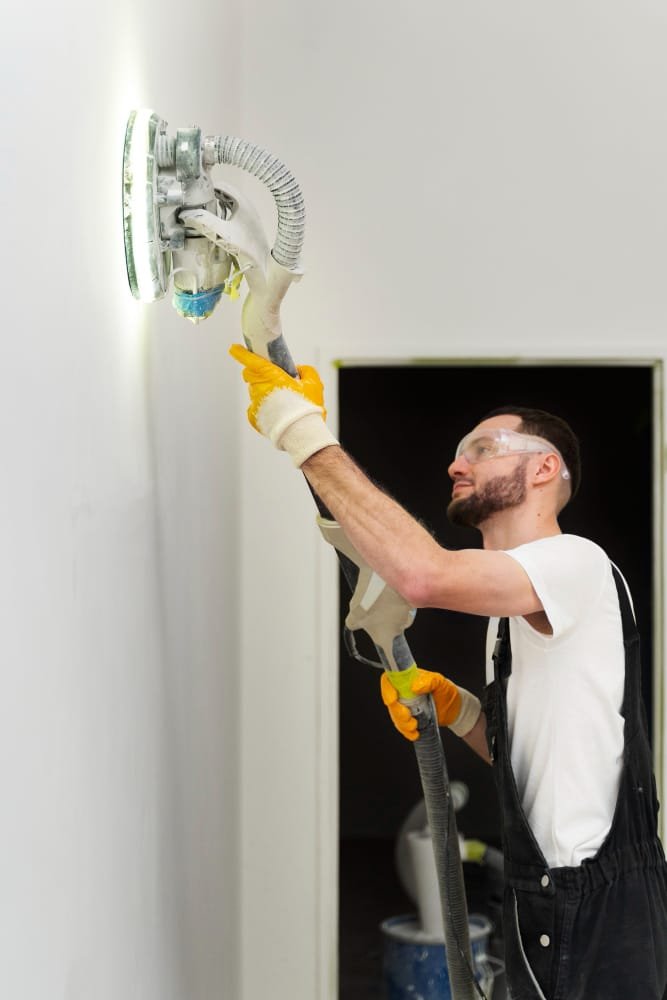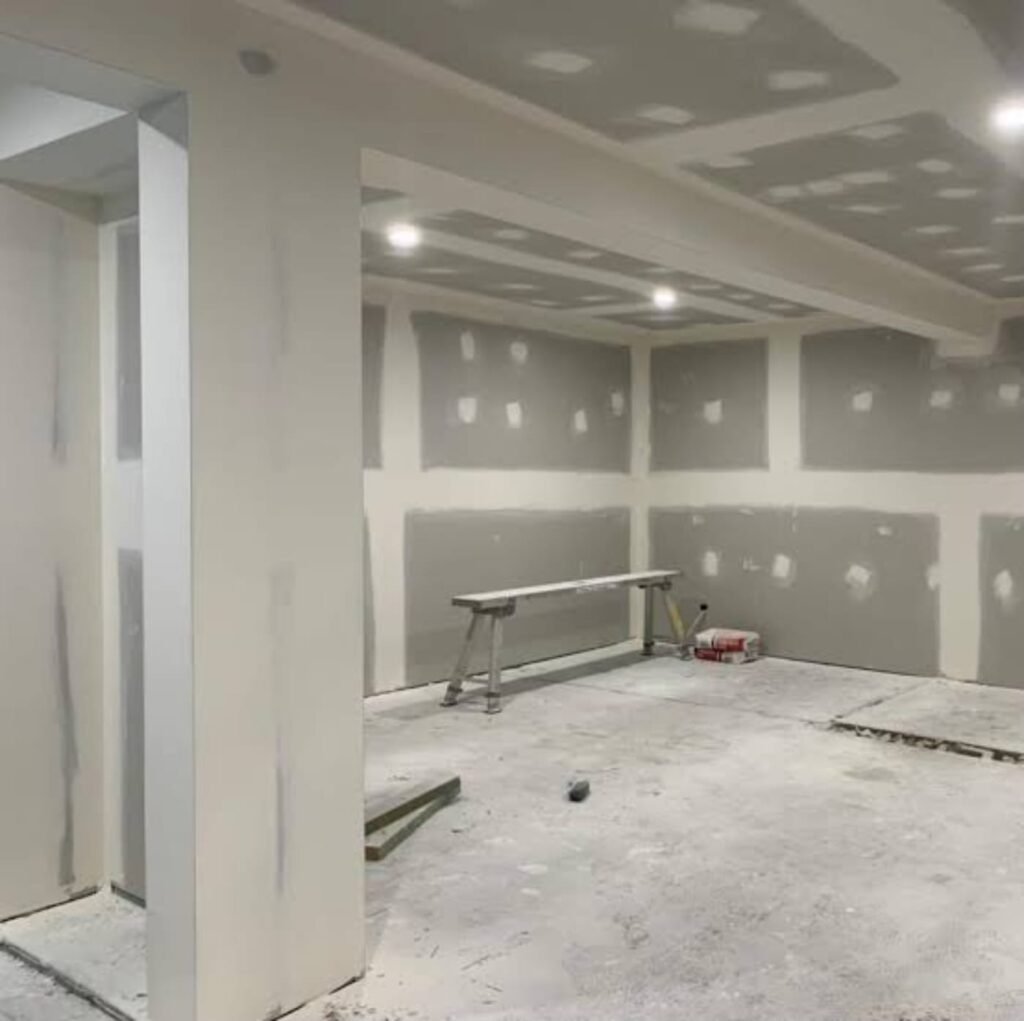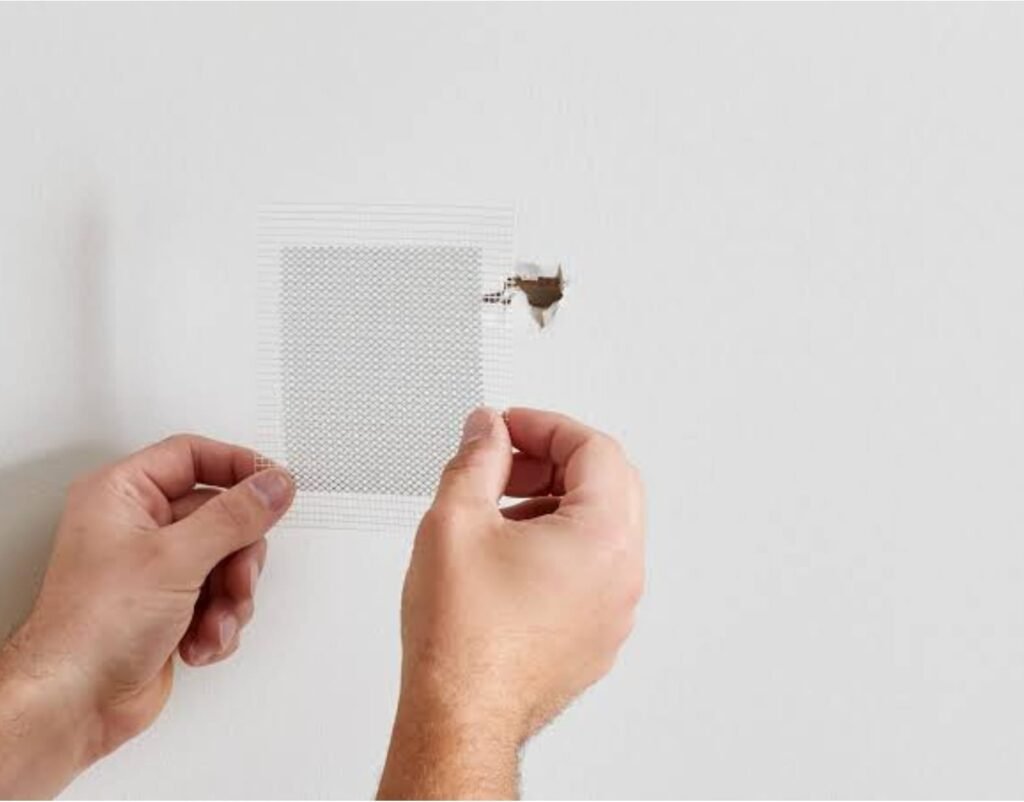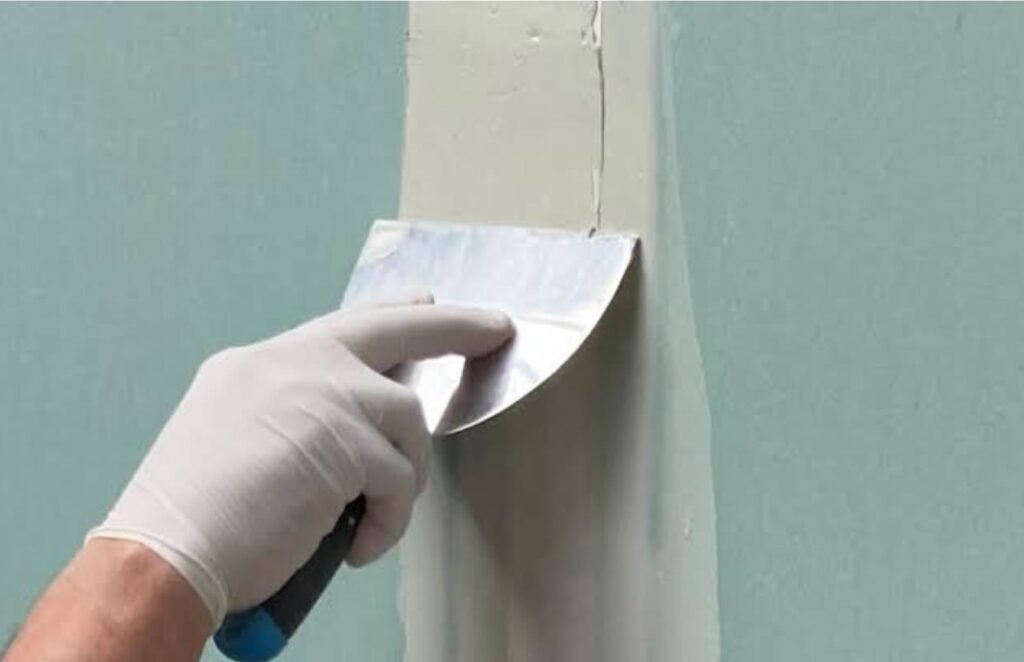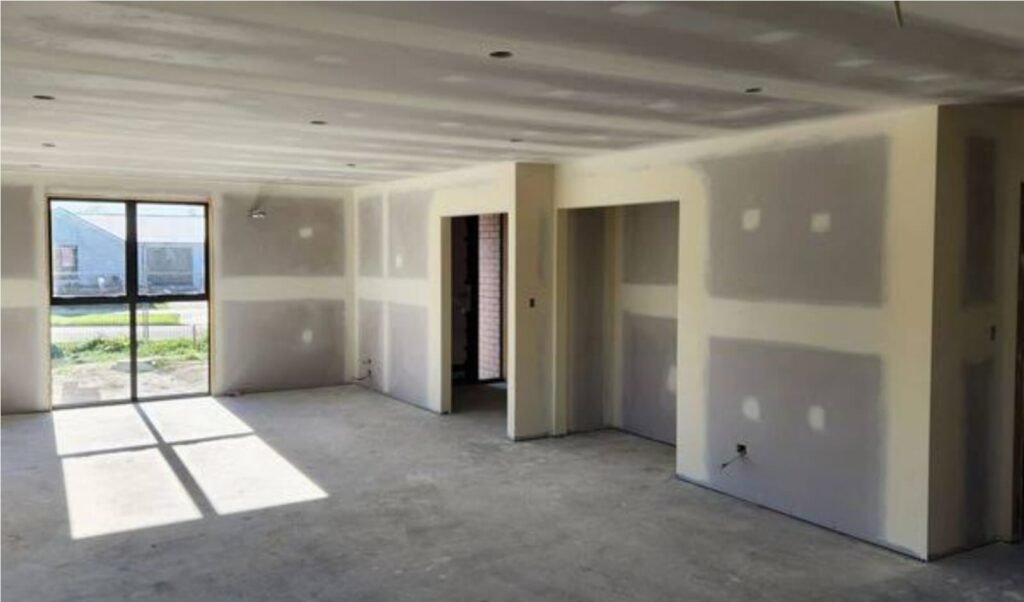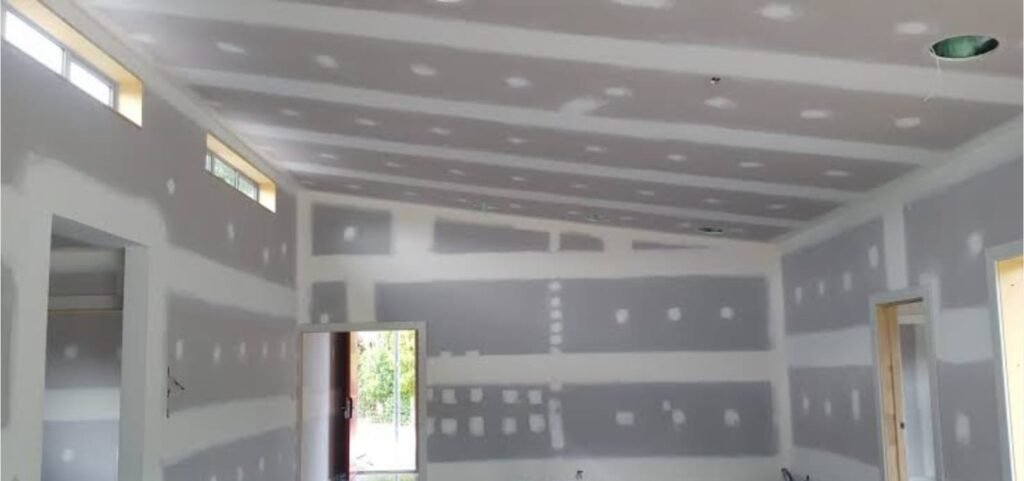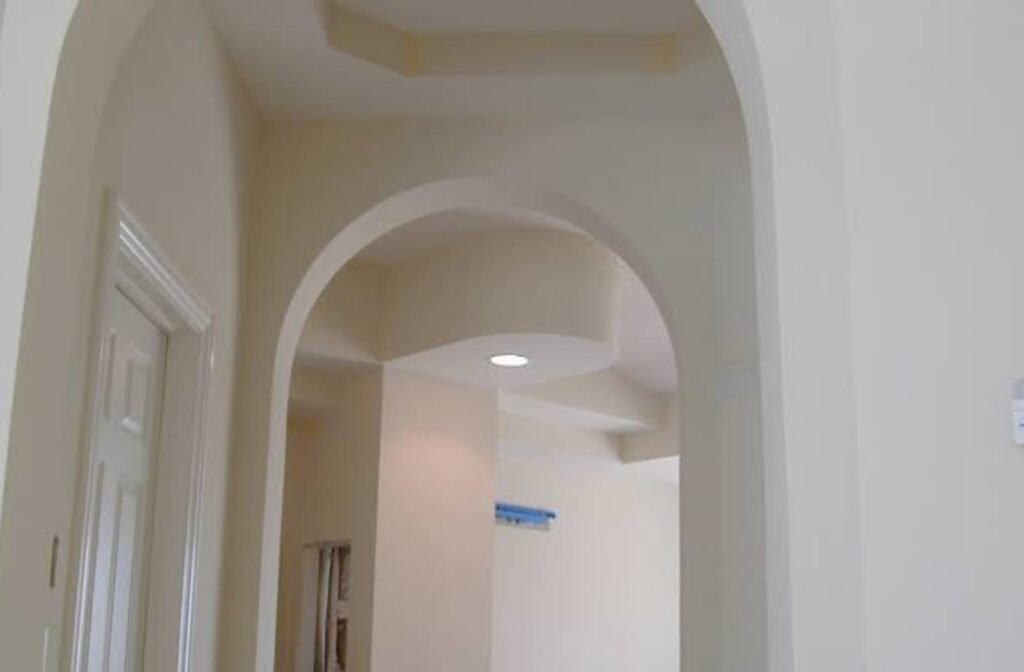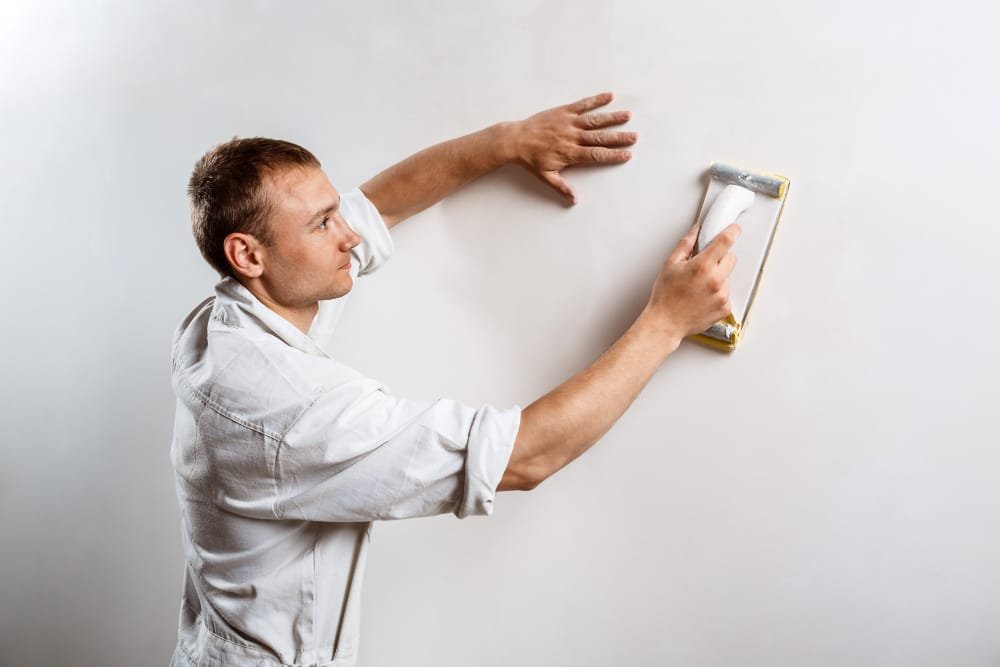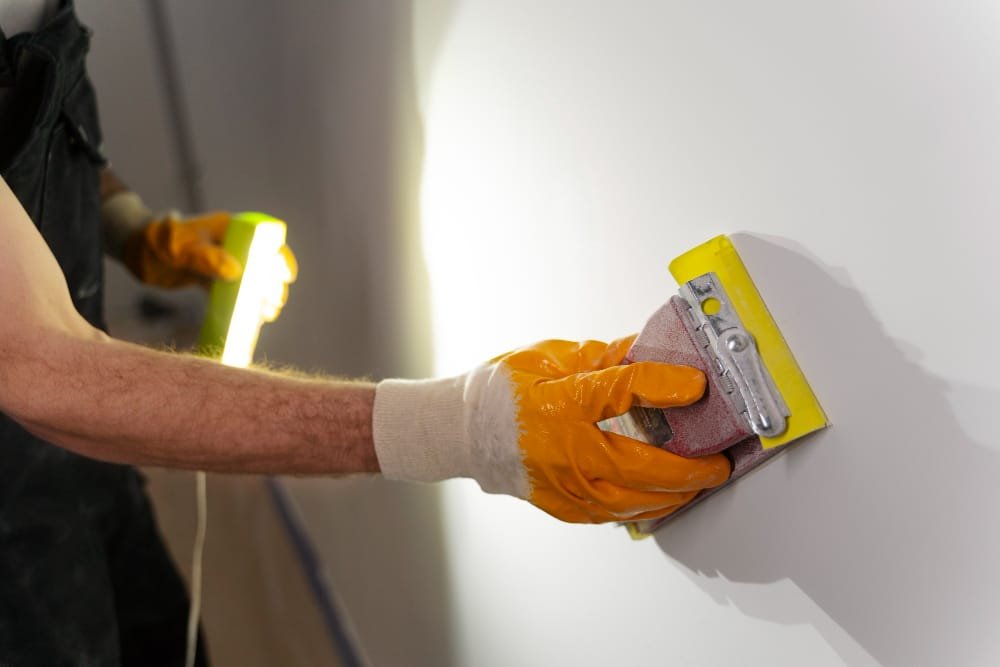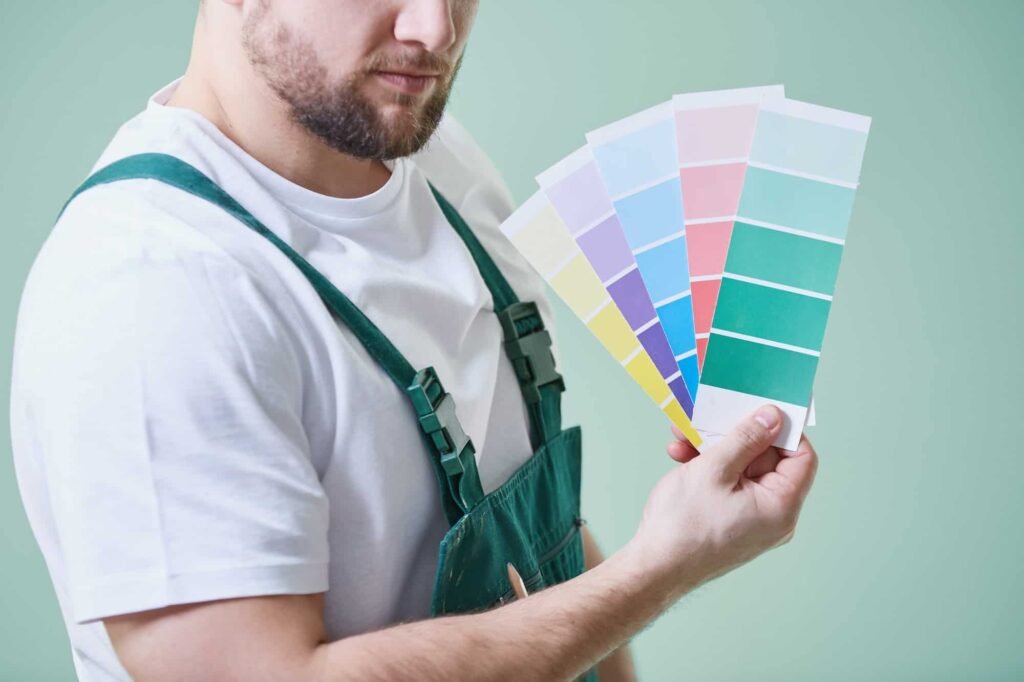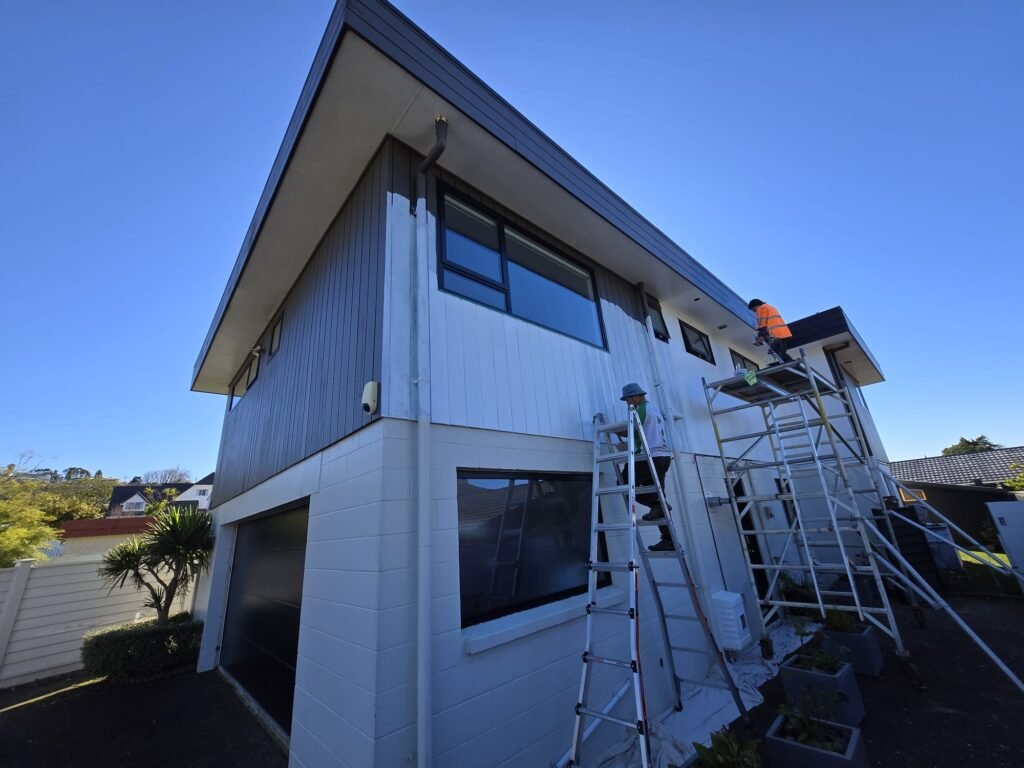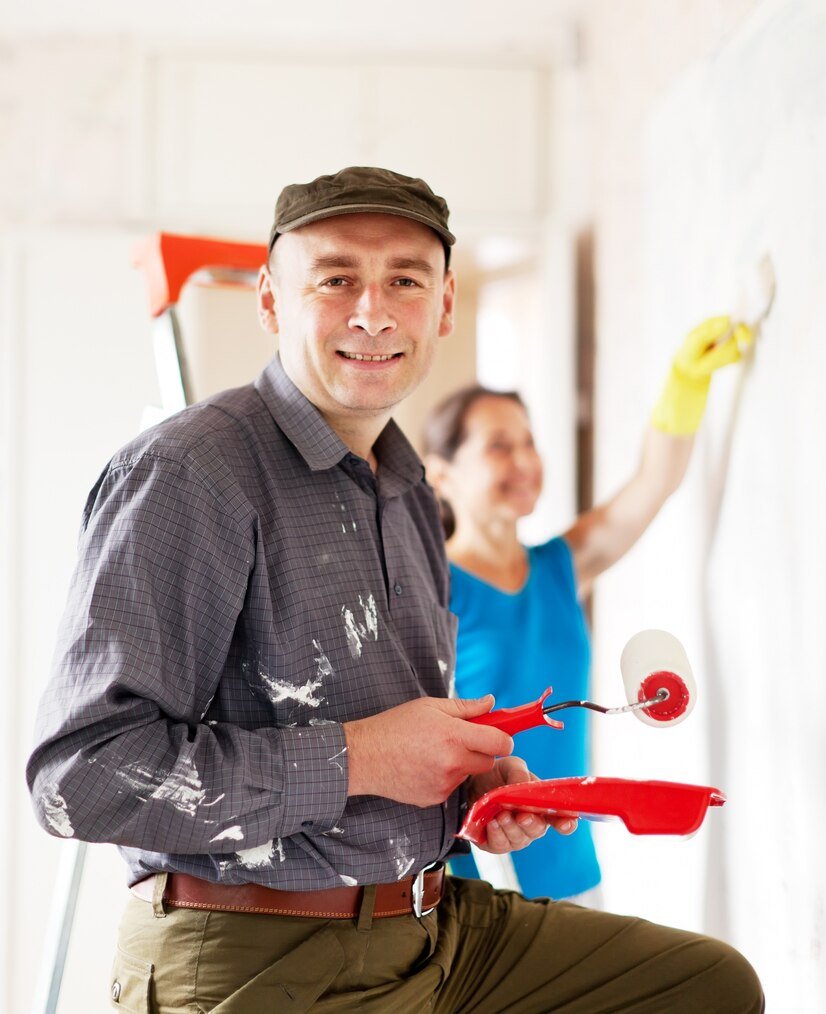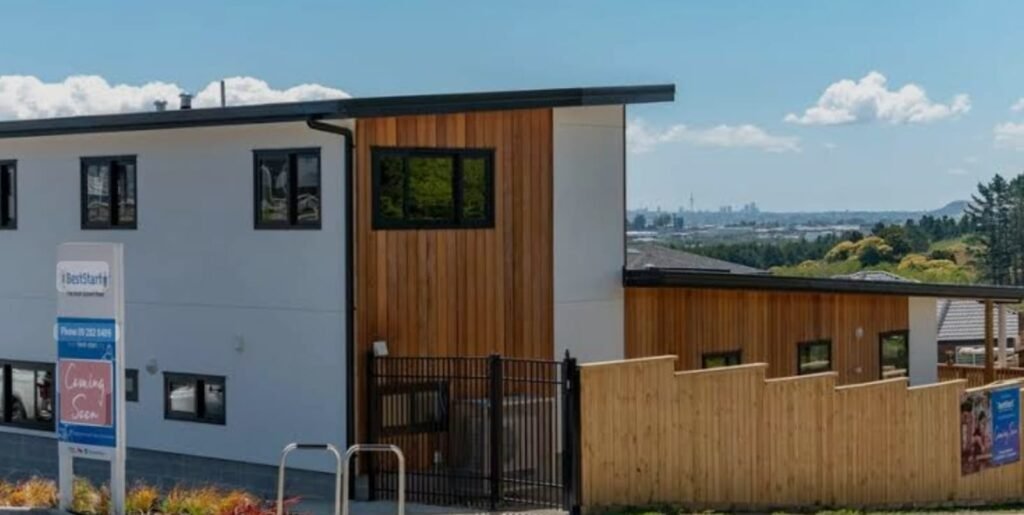Frequently Asked Questions
The duration of a Gib stopping project typically depends on the size and complexity of the space, as well as environmental factors like humidity. For standard rooms or homes, the process usually takes 3 to 5 days. This includes the application of multiple stopping coats, proper drying time between coats, sanding, and final inspection.
Though often used interchangeably, plastering and Gib stopping serve different purposes. Plastering usually refers to coating entire walls with a plaster compound, common in masonry walls. Gib stopping, on the other hand, is specifically tailored for plasterboard (Gib board). It involves sealing joints, screw holes, and corners to create a smooth, paint-ready surface on drywall interiors.
Yes, we can. If your Gib board has dents, cracks, or water damage, our team first assesses the extent of the problem. We offer Gib board repairs and patching services before commencing the stopping work, ensuring a solid foundation for a durable and polished finish.
Not necessarily. Thanks to our low-dust sanding techniques and careful work practices, most clients comfortably stay in their homes while we complete the Gib stopping. We ensure minimal disruption and thorough cleanup at the end of each day.
Absolutely. Gib stopping is essential for creating a seamless surface that allows paint to adhere properly. Skipping this step often results in visible seams, uneven textures, and an unprofessional appearance. A well-stopped Gib board ensures your paint job looks crisp and lasts longer.

